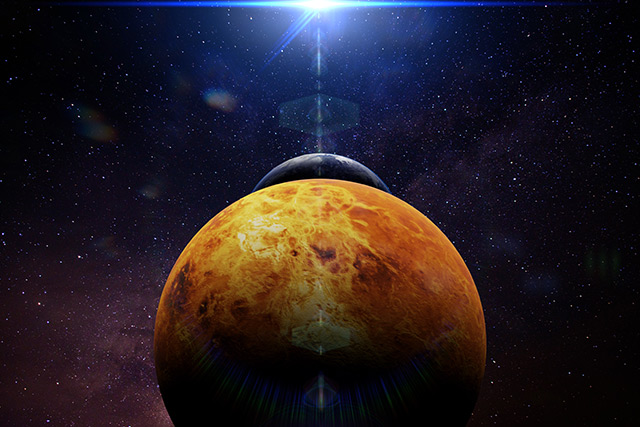
First discovered by NASA's Opportunity rover in 2004, the hematite-rich geologic features look like their namesake fruit. They also resemble certain mineral formations on Earth, which researchers have studied in order to get an idea of how their Martian analogs came to be.
Little is known about the Mars blueberries. But they are reportedly proof that large amounts of liquid water passed through the area containing them over a long period of time.
Researchers believe that deciphering the origin of the blueberries can tell us about the conditions on Mars when the spheres were being formed. And knowing the Martian environment during that time frame would allow them to take a good guess about the kinds of alien life forms that could have existed in those conditions. (Related: New evidence helps astronomers determine when life might have existed on Mars.)
Earth equivalents of "blueberries" suggest that Mars experienced a lot of floods
Mars is still out of reach of human astronauts and researchers for the next few years. So a research team from Nagoya University (Meidai) and Kochi University settled for the next best thing by traveling to Mongolia and Utah.
These two large, desert areas contain geologic features that resemble Mars' blueberries. The terrestrial spheres come in various sizes but are generally much bigger than the Martian stones; their formations are also set up in a disorderly blob instead of a neat array.
The Japanese researchers found that the terrestrial blueberries are comprised of two layers of different materials. The outer shell contains most of the iron, while the inner core was comprised of a calcium carbonate mineral called calcite.
In addition to their field studies, the Meidai-Kochi researchers subjected the iron-coated calcite formations to chemical modeling. They believed the Earth blueberries started out as calcite structures that were subjected to floods of slightly acidic water with plenty of iron.
The floodwater ate at the calcite while also depositing iron around the mineral formation. Eventually, the increasing amounts of iron formed a protective layer of hematite around the remaining calcite, preserving the calcium carbonate material from further dissolution.
In comparison, the Martian blueberries are completely made out of hematite. The researchers theorized that the geologic formations on Mars were exposed to much longer periods of flooding that dissolved all of the calcite and left only the iron-rich material.
Did the atmosphere of Mars end up in its iron-rich mineral formations?
If it pans out, the new theory raises two big implications about the early history of Mars. First, the chemical process of shaping calcite into geologic blueberries requires a lot of liquid water that has a certain chemical composition. And the chemistry of water plays a big role in determining what organisms can live in an environment.
The second one involves the atmosphere of Mars. There is evidence that the planet used to have a much thicker atmosphere, but now the air there is extremely thin.
The explanation proposed by the Meidai-Kochi researchers is that the carbon in the air became carbonate ions. The ions then got trapped in the calcite precursors of the Martian blueberries, which cover less than one percent of the surface of the planet.
NASA will be dispatching the Mars 2020 rover in a few years. While it will land far from the area where Opportunity found the Mars blueberries, it may still end up coming across more of the curious spheres.
Sources include:
Please contact us for more information.























